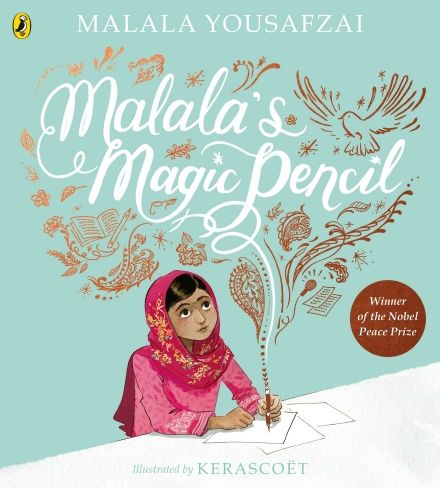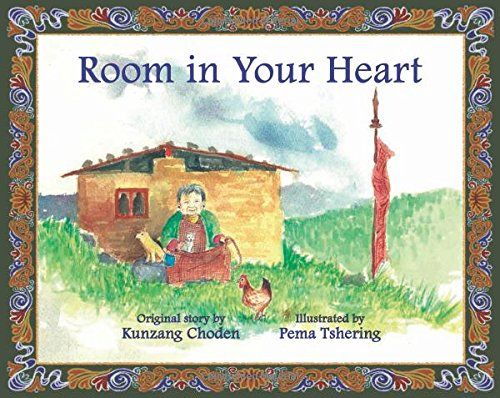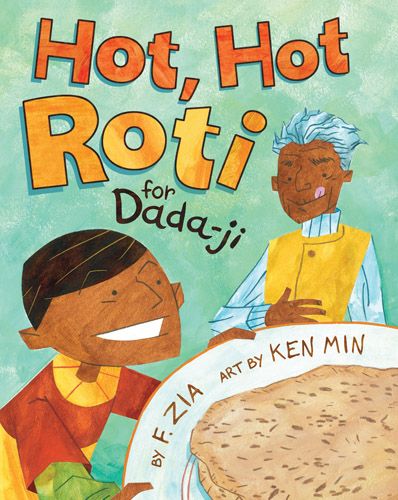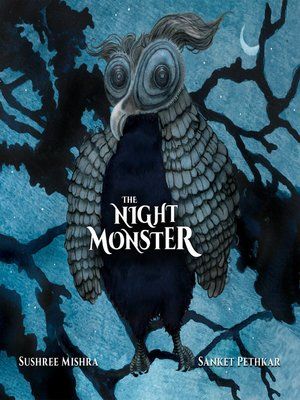Each of these books makes an impact because they showcase stories from the eyes and hearts of people who have lived them, in the hopes that their words will inspire a younger generation to live bolder and louder. Children’s imaginations can never be underestimated, and the worlds these stories provide fill up their growing minds with stories they can run into with open arms. Right down to the cracks in the walls, each page, colour and illustration throughout the book has been carefully put together to take children back to the gorgeous Swat valley so they can take a trip with the girl who once called it her home, and has since gone on to conquer the world – telling them that they can too. While this one’s not a picture book, it’s a great read for slightly older children because it’s written through the perspective of our young protagonist Humza Khan, who like to refer to himself as Little Badman. It’s just one part of a series of books surrounding Humza and his gang, but it’s the one I think is the funniest. On a mission to save the school from aunties, Little Badman and his gang get a teacher stung, eat lots of food, and rap their way through trouble. I think what I love most about this book is that for any Pakistani kid, Humza is funny, relatable, and just there. There’s no big commentary going on in the background, nothing that children need to strain themselves to understand. It’s the kind of effortless children’s story that publishing needs to truly diversify. Pema Tshering’s gorgeous illustrations will take young children to the hills of Bhutan where an old lady fits guests into her tiny home on a hill. Through the exploration of a Bhutanese folktale made accessible to young children, the heartwarming tale teaches us that it is the space in your heart and not your home that matters. When young Aneel realises the secret to his grandfather’s – or, as he calls him, Dada-ji’s – magical stories is ‘fluffy-puffy, hot hot roti,’ he embarks on a mission to bring back the roti of his Dada-ji’s childhood. In many ways, this gives Aneel a chance to reconnect with his roots through his family’s love for food. And in another fun activity for children, the book also shares the much loved roti recipe Aneel recreates. What I also love about this book is the representation of dark-skinned South Asians. With colourism being a massive problem within the region itself, it’s important to provide a representation of South Asian communities that reflects the diversity and individuality within the region as well. “The reason Avi is afraid at night is precisely because of his imagination, so when he strikes up correspondence with the Night Monster, he’s swept up into the story and finds out that the night isn’t so monstrous after all. Though I generally don’t approve of anyone lying to children, despite the best of intentions, Swati is only a child herself and her earnest desire to help her brother makes her plan forgivable. Because it is Swati who diligently takes on the role of the Night Monster until her brother’s fears are vanquished. This was honestly a delightful, though somewhat abruptly ended, story. The art picks up where the words leave off in a perfect balance so that you know exactly how Avi’s fears are manifesting and also how much of a safe harbor he finds in his sister’s love. I only wish I had a physical copy get the full measure of this wonderful story that explores fear and how you can conquer it, especially with loved ones lending a helping hand.”












